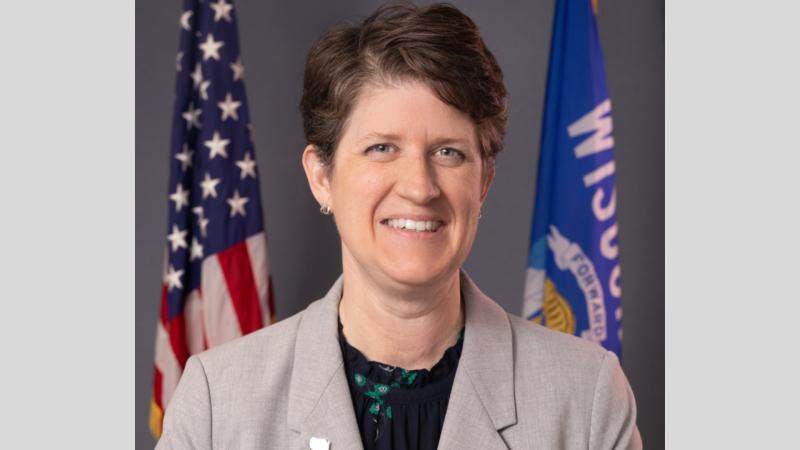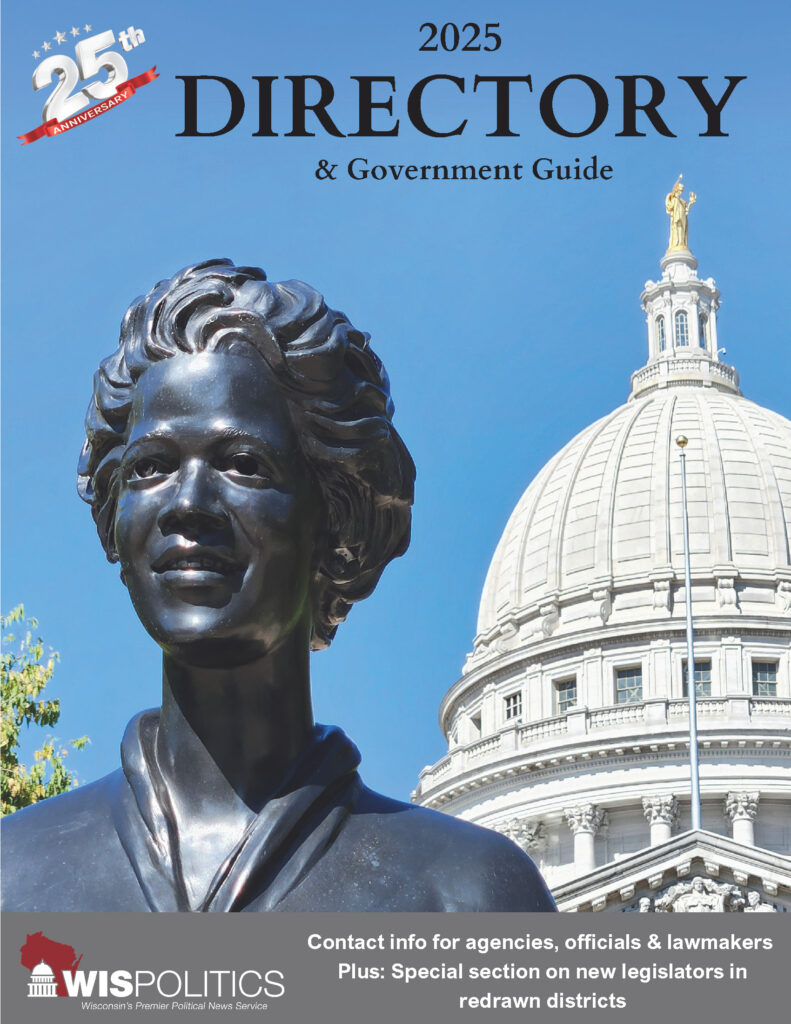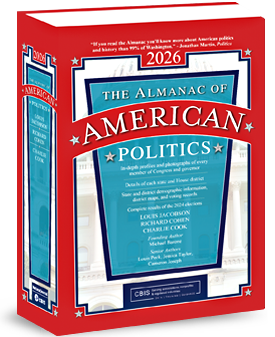State Superintendent Jill Underly is calling for more special education and mental health funding in response to a new Department of Public Instruction report showing double-digit increases in instances of students being secluded or restrained.
Starting in the 2019-20 school year, state law has required public school districts and private schools participating in the Special Needs Scholarship Pro...
Please log in to access subscriber content.
If you don't have a subscription, please contact schmies@wispolitics.com for subscription options on the WisPolitics-State Affairs platform, which is the new home for WisPolitics subscriber products.



